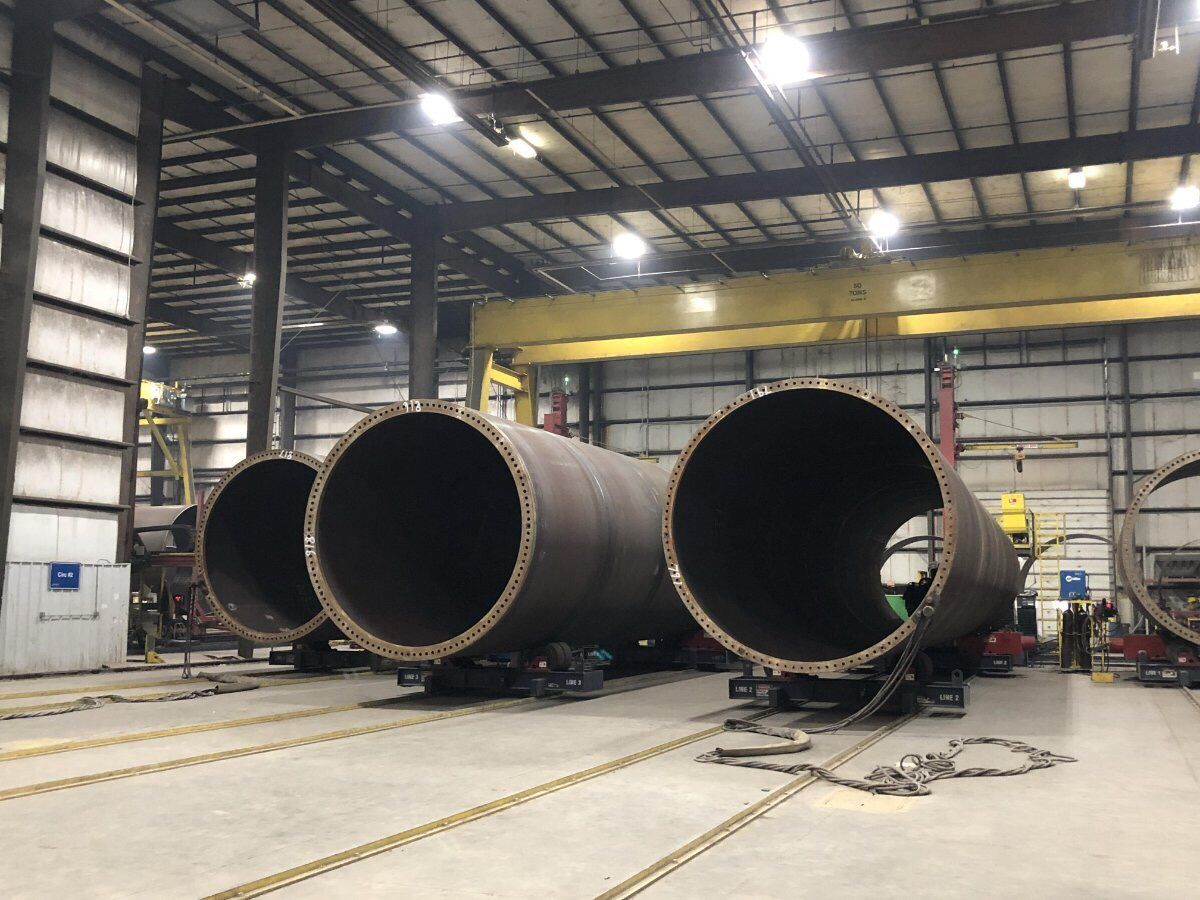The seamless annealing of the seamless steel pipe is to heat the hypo-eutectoid steel to 30~50 °C above the Ac3 temperature, and to the temperature range of about 50 °C above the Ac1 temperature by the eutectoid steel, and maintain sufficient time at this temperature to become Vostian.
After the single-phase structure (hypo-eutectoid steel) or the Worth field body and the snow-bearing carbon mixed structure, the steel is softened by furnace cooling to obtain the best ductility and fine grain structure of the steel.
Annealing treatment of cast iron
Almost all castings will generate thermal stress during the cooling process. During the heat treatment process, internal stress will be formed after special normalization and annealing. The main reason for the internal stress is the internal flesh thickness of the casting.
Different, in the rapid cooling process due to the difference in heat drop, different thickness of the meat will make each of the different contractions different, thus causing the so-called internal stress, the cold part has a higher latent length, and the hot part The length is low, so the hot part will form part of the hot spot after the cold part shrinks.
The strength of the deformed part increases with the increase of the deformation degree. When the deformation is not further deformed, the inside of the casting is formed. The elastic stress of the seed, even the plastic strain, is the internal stress, which can be almost as high as the tensile strength.
Once the local stress exceeds the tensile strength due to any external reason, such casting is easy. This causes cracking. Heat treatment is the most important method to eliminate internal stress. The main procedure is to raise the temperature and make all castings very uniform. Under a slow case, the heating and cooling.
Components of the casting
The annealing temperature depends mainly on the components of the casting and the amount of strength that must be removed. Even the possible changes in the structure must be considered. The annealing temperature of the seamless steel pipe and the ssaw steel pipe is different. The most suitable annealing temperature of the former can be It is roughly summarized as follows: For non-alloyed cast irons, it is between 500 and 575 ° C. For low-strength cast irons, it is between 550 and 600 ° C. For high-alloy cast irons, it is between 600 and 650 ° C.
The temperature distribution in the furnace must be as uniform as possible to avoid the presence of temperature gradients. In any case, the flame or hot gas used for annealing cannot be sprayed directly onto the casting to avoid thin-walled parts during heating. The thermal stress is caused in the second time, and the residual stress is increased, which causes cracking.
Most of the internal stress is eliminated in the first hour after reaching the annealing temperature, depending on the thickness of the casting, generally the thickness of the casting. An increase of one hour of annealing time is required for every 25 mm increase. Soft-annealing of cast iron The softening and annealing of gray cast iron and spheroidal graphite cast iron is in fact a heat treatment for carbide decomposition.
For non-alloy and low-alloy cast iron, the carbide formed by iron and carbon is not a stable phase. After a long period of time in high temperature, the carbide decomposes into graphite, ferric iron or Worthite iron. This kind of decomposition process is generally called softening heat treatment, and is also the main procedure for making malleable cast iron.
Carbides are mainly divided into two categories, the first being eutectic carbides formed during solidification, generally referred to as free carbides. The softening treatment is mainly divided into two steps, and the first stage of graphitization and the second stage of graphitization. The decomposition of the eutectic carbide is the first stage of graphitization, and the ferrite is decomposed into fertility iron and graphite. This step is the second stage graphitization.



Great post! The pictorial representation of the data not only helps me understand what is annealing but also helped me to understand at what stage it is been applied to the material and what are the result and benefits that we can obtain out of it. Great information on the post sharing with my friends to help them understand the process and its approach better. Thanks for saving the time and energy.